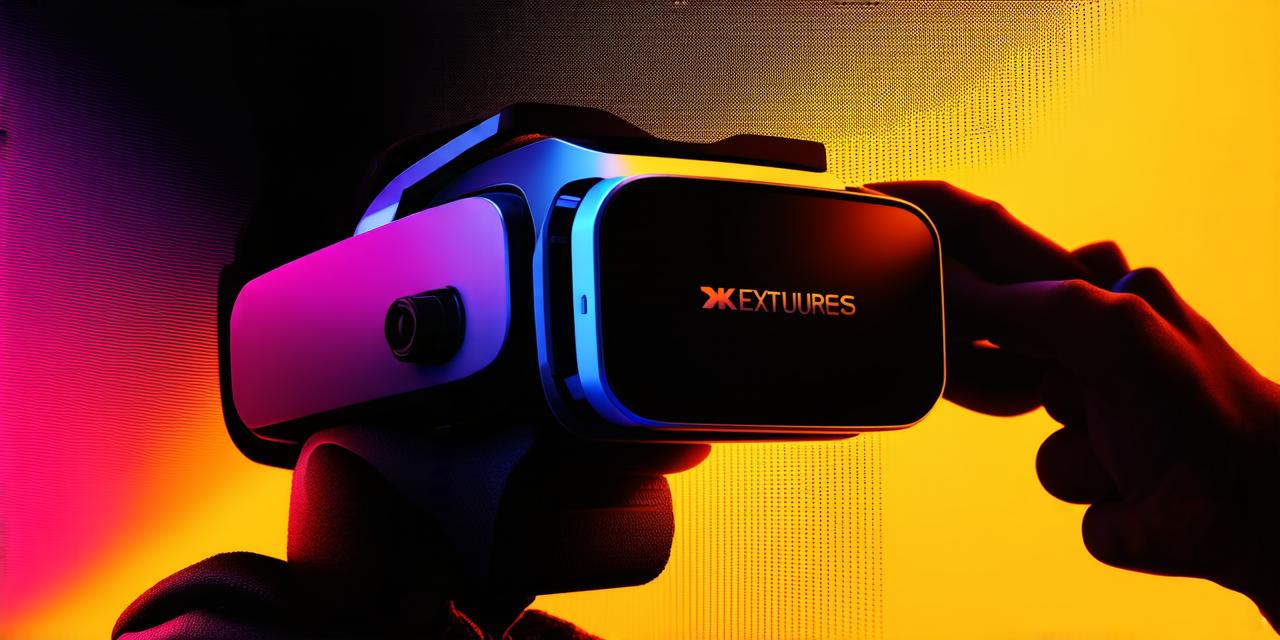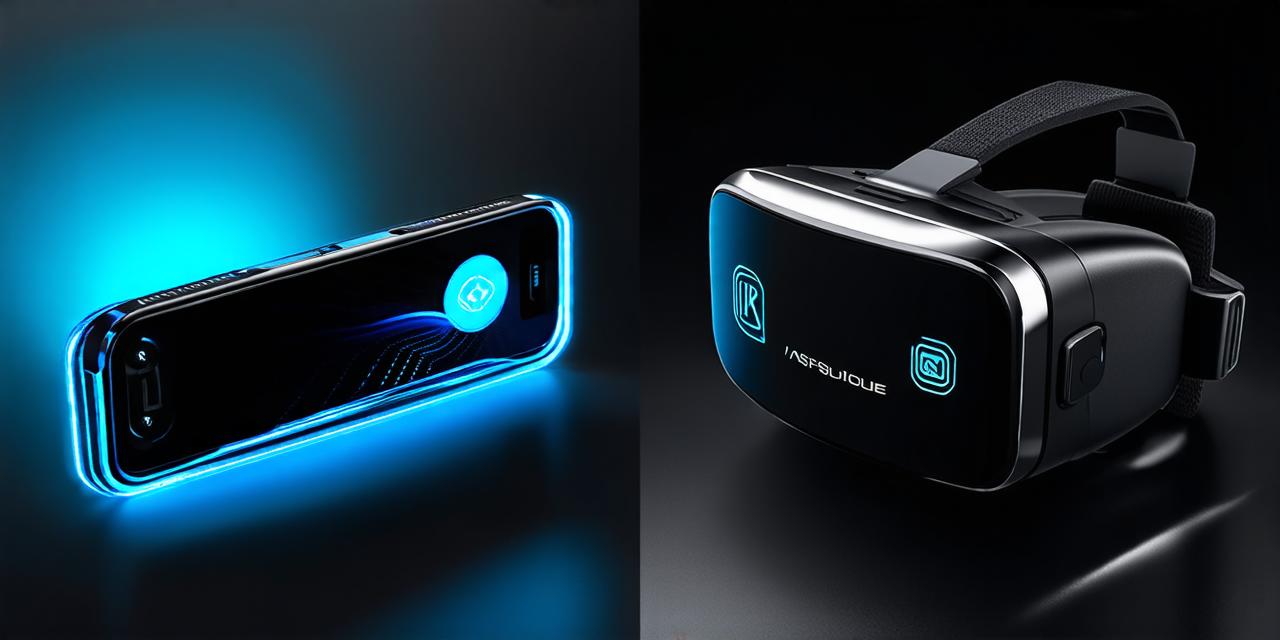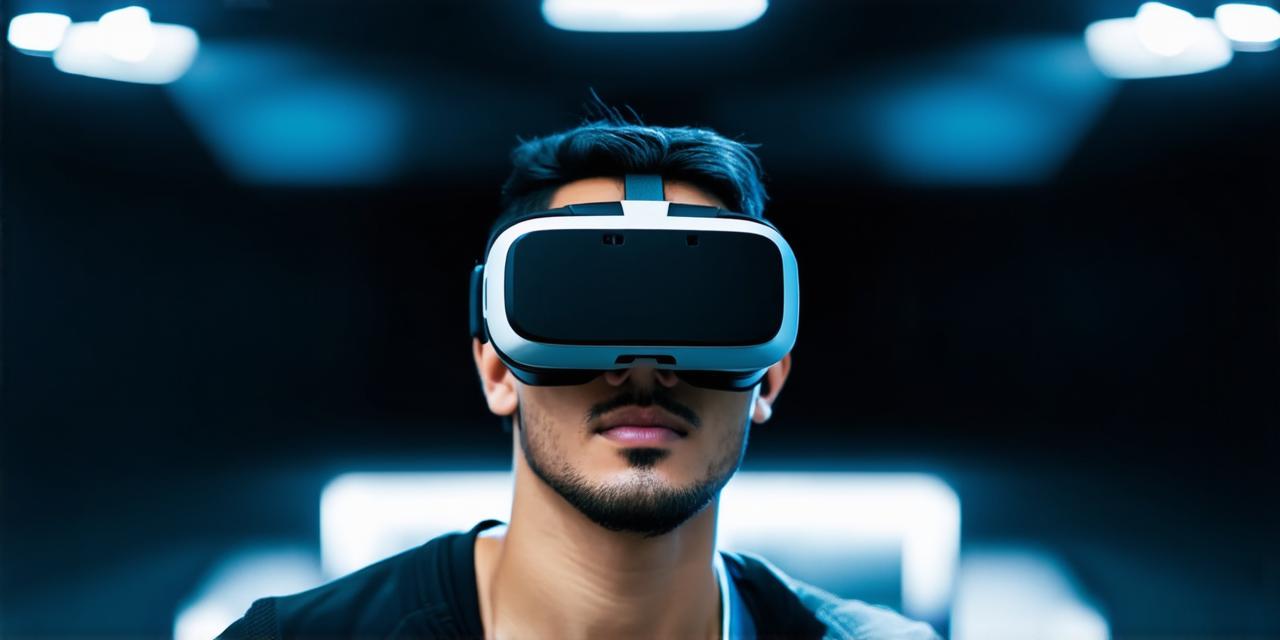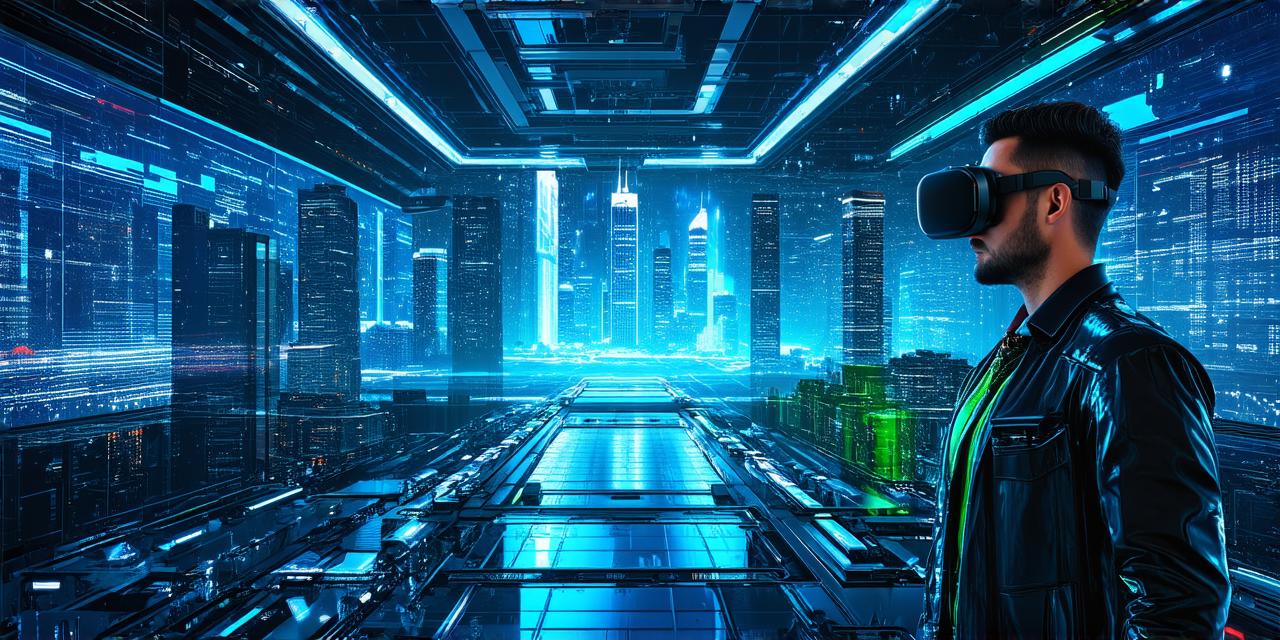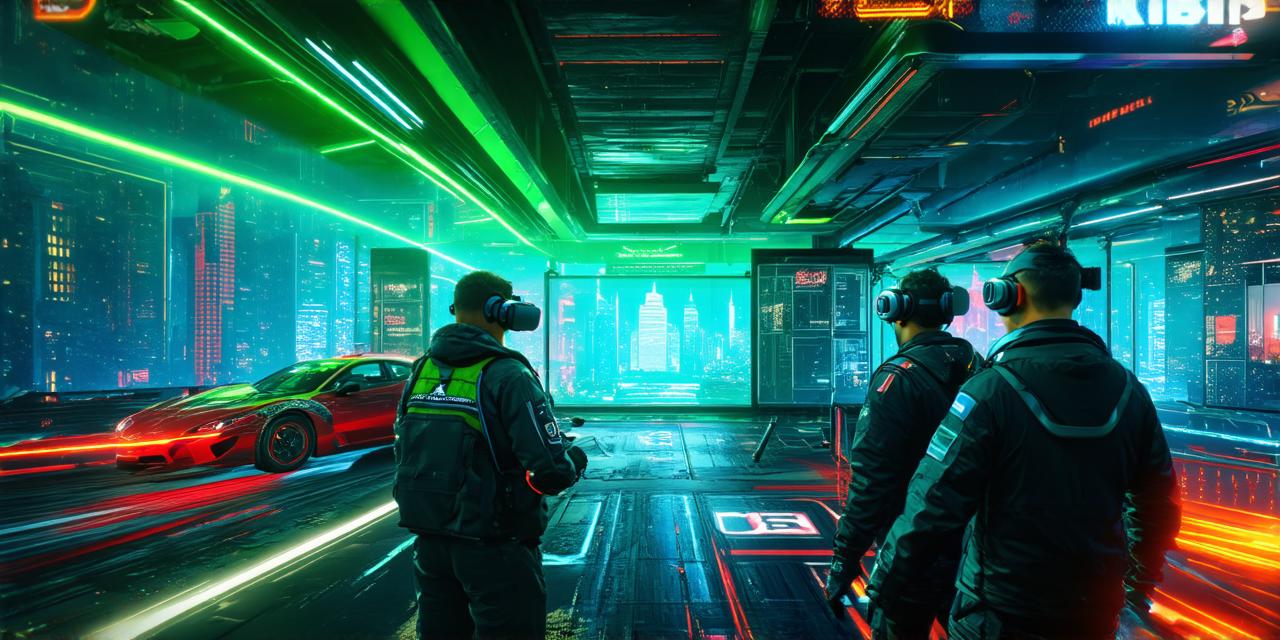Virtual reality (VR) has become increasingly popular in recent years due to its ability to provide users with an immersive and engaging experience. The key aspect that makes VR so captivating is its ability to generate a three-dimensional view for the user, allowing them to feel as if they are in a real world.
In this article, we will explore how VR headsets create this 3D view and the technologies used to make it possible.
One of the main components that enable a VR headset to generate a three-dimensional view is stereoscopic displays. These displays show two slightly different images for each eye, creating an illusion of depth and perspective.
The difference in the images creates a disparity effect, which simulates how our eyes work in real life. This allows us to perceive depth and distance, just as we would in the physical world.
For example, when looking at a tree in the distance, our eyes see two slightly different images of the same object from each eye. This creates a sense of depth and distance, making it appear as if the tree is farther away than it actually is. In VR, stereoscopic displays create a similar effect, allowing the user to perceive depth and perspective in a virtual environment.
Another important component of VR headsets is the tracking system. This system tracks the movement of the headset and adjusts the 3D view accordingly, ensuring that the user remains immersed in the virtual world.
The tracking system can be either external or internal, depending on the specific VR headset being used.
External tracking systems use sensors placed around the room to track the movement of the headset. This allows for more accurate tracking and ensures that the 3D view is always aligned with the user’s position in real life.
Internal tracking systems, on the other hand, use cameras and sensors built into the headset itself to track the movement of the user’s head.
The tracking system is crucial because it allows for a seamless transition between the virtual world and the real world, ensuring that the user remains immersed in the VR experience. This is especially important when the user is moving around or interacting with objects in the virtual world.
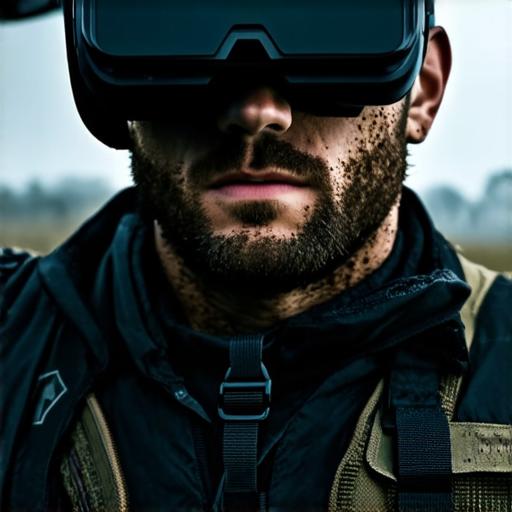
A high-resolution display is another key component of VR headsets that allows for a three-dimensional view. A high-resolution display provides sharp, clear images that are essential for creating a realistic and immersive experience.
The higher the resolution of the display, the more details and textures can be rendered, making the virtual world feel more lifelike.
For example, when looking at a tree in a virtual forest, a high-resolution display will show the intricate details of the leaves, bark, and branches, creating a sense of depth and realism that makes the user feel as if they are really standing in a forest. A low-resolution display, on the other hand, would make the virtual world appear pixelated and unrealistic.
Finally, software algorithms play a critical role in generating a three-dimensional view in VR. These algorithms use complex mathematical formulas to calculate the 3D position of objects in the virtual world based on the user’s movement and perspective.
One example of software algorithms used in VR is ray tracing, which simulates how light behaves in a three-dimensional space. Ray tracing algorithms can be used to create highly realistic lighting effects and shadows, adding depth and texture to virtual environments. Another example is motion capture technology, which tracks the movement of the user’s body and translates it into the virtual world.
In conclusion, VR headsets use a combination of stereoscopic displays, tracking systems, high-resolution displays, and software algorithms to generate a three-dimensional view for the user. These technologies work together seamlessly to create an immersive and engaging experience that feels like being in a real world. As VR technology continues to evolve, we can expect even more advanced and realistic virtual environments in the future.
In summary, virtual reality (VR) technology has seen significant advancements in recent years due to its ability to provide users with an immersive and engaging experience. The key aspect that makes VR so captivating is its ability to generate a three-dimensional view for the user, allowing them to feel as if they are in a real world. Stereoscopic displays, tracking systems, high-resolution displays, and software algorithms all work together seamlessly to create this 3D view.
